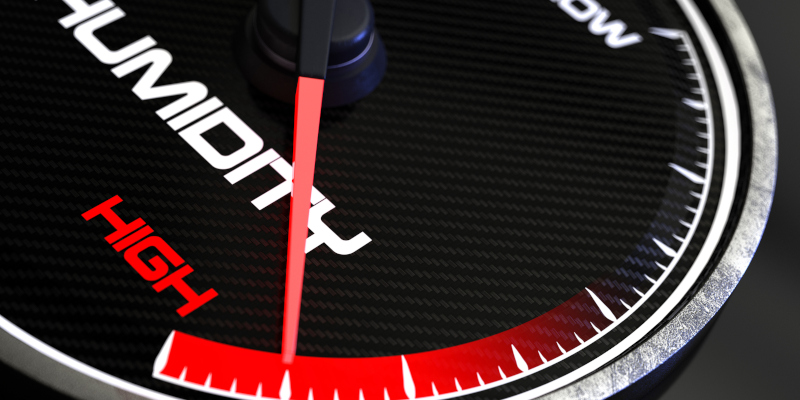A humidity monitor is designed to measure and display the relative humidity within its surrounding environment. Relative humidity refers to the amount of moisture or water vapor present in the air compared to the maximum amount the air could hold at a specific temperature.

One of the main functions of a humidity monitor is to use sensors to measure the amount of water vapor in the air. A sensor detects changes in electrical properties that are influenced by the air’s moisture content. Most humidity monitors come with a digital display that shows the current relative humidity as a percentage. Additionally, some humidity monitors offer continuous monitoring capabilities, so they can display real-time changes in relative humidity.
A humidity monitor can play an important role within your operations. For example, a humidity monitor can help you maintain industrial processes that require specific humidity levels to protect product quality, prevent damage, and control manufacturing processes. Food storage and production facilities can often rely on these monitors to maintain optimal storage conditions and prevent foods from spoiling.
Humidity monitors can use many different types of sensors, including resistive sensors, capacitive sensors, and thermal conductivity sensors. Each type of sensor provides different advantages and comes with varying limitations in terms of response time and accuracy.
If you need a humidity monitor for your organization, we recommend connecting with our experts at Global Sensors. Contact us today to tell us more about your specific operation and to learn more about our humidity monitor options.


